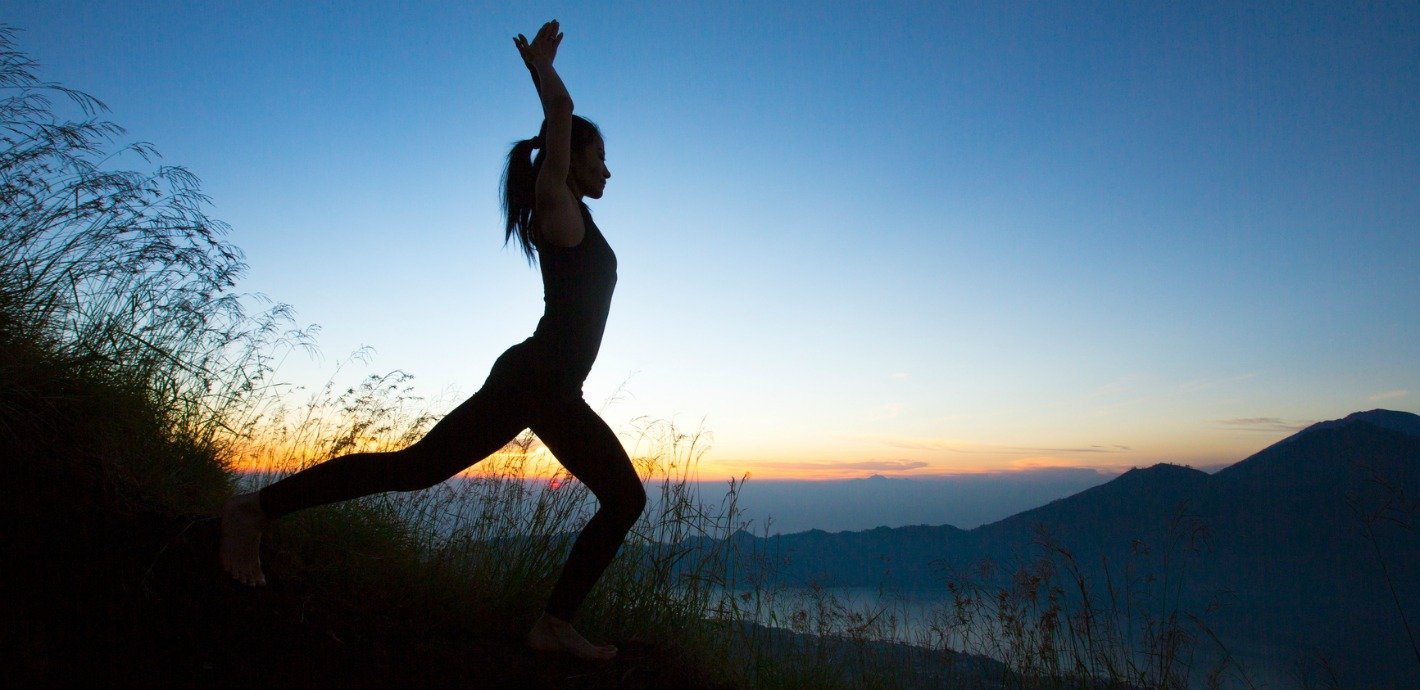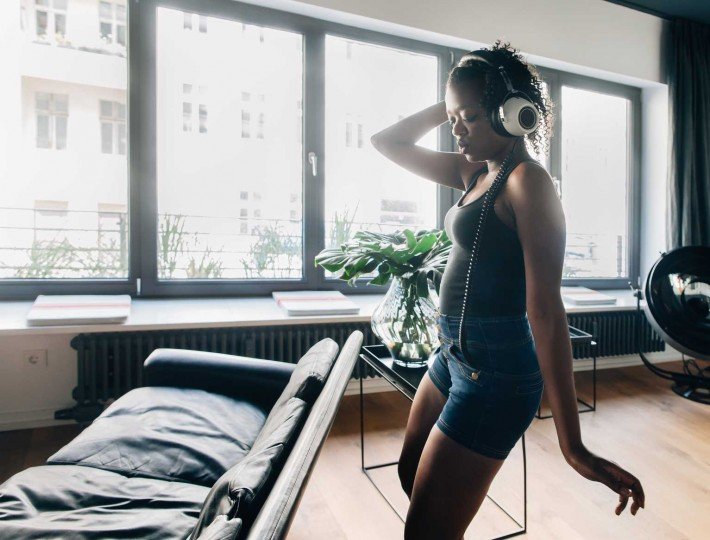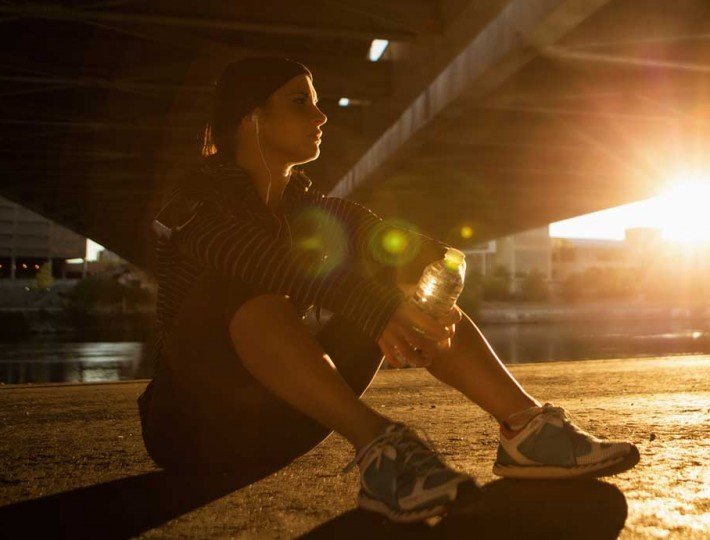Fitness experts often suggest that morning is the ideal time to get your sweat on. This answer, however, doesn’t sit well with folks who enjoy sleeping in or have other a.m. demands like getting kids ready for school. The reasons for the recommendation are a bit unconvincing. For one, it’s thought that you’re more likely to skip a workout later in the day when other obligations come up (as if the snooze button were not an equally tempting option). And second, your glycogen stores are lower in the wee-hours, which supposedly means you can burn more fat—though research doesn’t really support this, says athletic trainer Kathy Dieringer, president of D&D Sports Med in Denton, Texas. In fact, science doesn’t back any of it.
“We don’t have definitive evidence that one time of day is better than another because there are so many different individual variables that affect your exercise,” says exercise physiologist Robyn Stuhr, the director of the Sports Medicine Program in the Department of Orthopaedic Surgery at the University of California San Diego Medical Center. “We know that circadian rhythms affect various aspects of how the body performs. There are also psychological, environmental, and behavioral factors that contribute to a workout.”
With all this in mind, Stuhr likes to tailor her answer to the inquirer: “For athletes, we talk about their sport. Certain aspects of the body function better in the morning while others are primed for performance in the afternoon or early evening. For some, muscles are able to generate power faster later in the day. Peak times of flexibility and energy (relating to hormones) are also in the afternoon hours. Looking at those factors, it makes sense to workout out later. However, for some sports,” Stuhr continues, “like say you’re training for a 5K or a marathon, you have to consider how heat affects your ability to tolerate the stress on the body. The highest body temperature is in early evening about 6 p.m. while your lowest is around 4 a.m. So if your body temp is lower in the morning, as well as environmental temps, that might be the better time to go for a run.”
For non-athletes, however, Stuhr offers a bit more flexibility. “If you just want to get in a good workout, I’d talk to you about your fitness goals,” she says. While she still regularly suggests early fitness sessions simply to get it out of the way, she’s not necessarily talking about before breakfast.
“Everyone says ‘first thing in the morning,’ but I say as early in the day as your schedule allows. For some people, getting up at 5:30 a.m. works for them, but maybe for other people, the earliest they can do is their lunch hour because that’s when they have childcare or they have a break from meetings,” Stuhr says. “It’s most important to establish an exercise routine that you can stick to in the long haul.” Dieringer couldn’t agree more: “It’s all about finding a time that fits you. When can you work out that will allow you to form a habit?”
On days when you don’t think you have time to work out, try the quick challenge workout to break a sweat in just 10 minutes.











Comments (0)